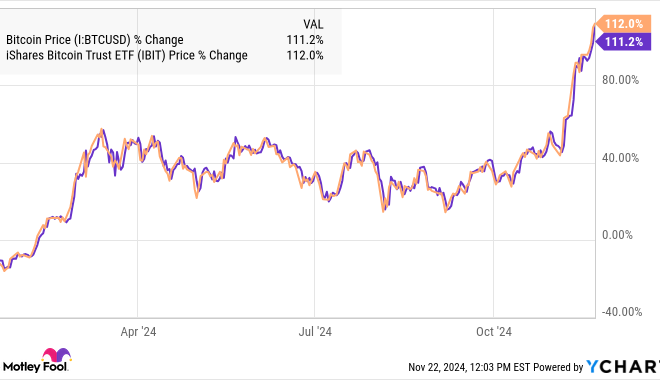New Report Finds Striking Similarities Between Today's Housing Market And 2007 – Is Another Crash Around The Corner?
Recent analyses suggest today’s U.S. housing market holds similarities to 2007’s precrash conditions but key differences reveal it’s not just history repeating itself. Housing prices have surged in major cities due to tight inventory, land scarcity and rising construction costs but not risky lending practices.
In states like Idaho, single-family home prices jumped by 19%, fueled by pandemic-era relocations and increased demand. The National Association of homebuilders (NAHB) notes this isn’t a case of overborrowing but of market forces like material costs and a severe shortage of affordable homes.
Don’t Miss:
Interest rates, too, present a major shift. While the 2007 crisis was partly triggered by historically low rates encouraging risky borrowing, today’s rates have reached multi-decade highs, averaging around 7%. High rates, intended to counteract inflation, have put a damper on demand, making mortgages pricier and keeping some potential buyers on the sidelines.
Unlike in 2007, where rates eventually led to a domino effect of defaults and price declines, today’s price reductions are minimal. Buyers are either priced out or waiting out hoping for rates to ease, with affordability at its lowest point in recent memory.
Trending: During market downturns, investors are learning that unlike equities, these high-yield real estate notes that pay 7.5% – 9% are protected by resilient assets, buffering against losses.
Strict lending standards also set today’s market apart from 2007’s. Fewer subprime loans are in play and most buyers are high-quality borrowers with safer, more traditional mortgages. According to Mark Zandi, chief economist at Moody’s Analytics, the current market foundation is “far more solid” than it was back then.
The speculative practices and unqualified loans that fueled the last housing bubble are missing today, keeping the housing market stable despite higher prices and inventory challenges. The inventory shortage further distinguishes today’s market. Inventory levels have plummeted nearly 60% since early 2020, a stark contrast to 2007’s oversupply contributing to plunging prices.
Homes are so scarce in metropolitan areas that prices have increased even further. This supply strain isn’t easily fixed and while it props up home values it exacerbates affordability problems, particularly for renters spending more on housing costs than ever.
On the flip side, some signs echo 2007. The National Association of Realtors reported that in 2024 new homes made up about 13% of sales, with pre-owned homes at 87% – numbers nearly identical to the 2007 breakdown.
Trending: Commercial real estate has historically outperformed the stock market, and this platform allows individuals to invest in commercial real estate with as little as $5,000 offering a 12% target yield with a bonus 1% return boost today!
However, experts urge caution before drawing too many parallels. Alex Beene, a financial literacy instructor at the University of Tennessee at Martin, told Newsweek that today’s housing market isn’t simply teetering on the same edge as 2007.
“Before anyone raises the red flag, it’s important to note that getting a mortgage is far more comprehensive now. Today’s market is shaped more by high rates and prices than by unchecked borrowing,” he argued.
Builders, in particular, are taking steps to attract buyers with aggressive incentives. As reported by Newsweek, Ian Chang, a title and escrow expert, noted that some builders have sweetened the deal with rate buy-downs and home upgrades to offset high rates and lure buyers.
“Some buyers have seen new builds as attractive due to the promotions that builders have put in place,” said Chang. With traditional home sellers clinging to their low mortgage rates, new builds with incentives are taking a larger slice of the market share.
Read Next:
Market News and Data brought to you by Benzinga APIs
© 2024 Benzinga.com. Benzinga does not provide investment advice. All rights reserved.





Leave a Reply